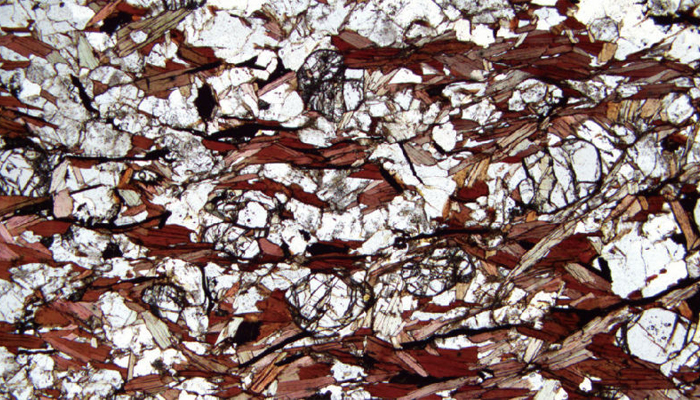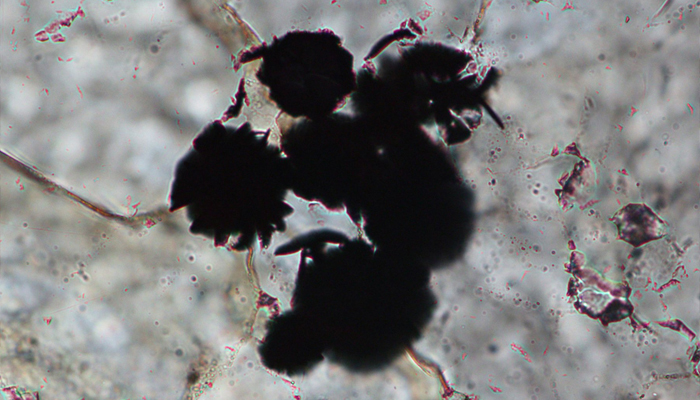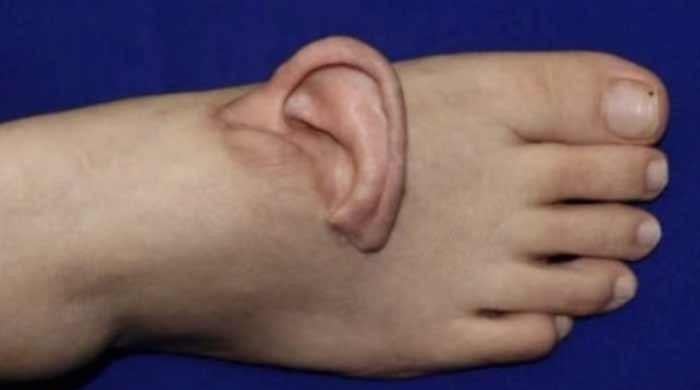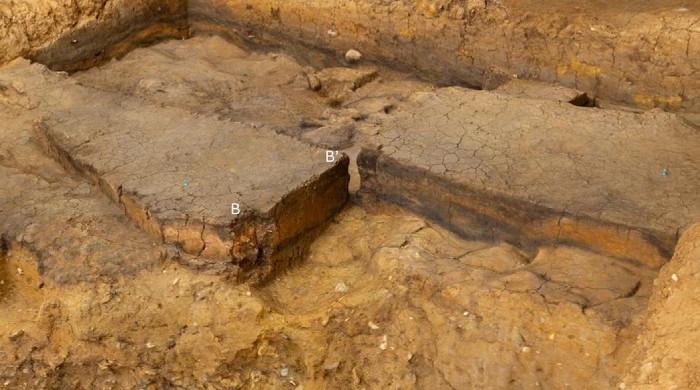Canadian rocks hold some of oldest evidence of life on Earth
The researchers carried out a geological analysis of the Labrador rocks and measured concentrations and isotope compositions of the graphite
September 28, 2017

WASHINGTON: Rocky outcrops in eastern Canada contain what may be some of the oldest evidence of life on Earth, dating back about 3.95 billion years.
Scientists said Wednesday they had found indirect evidence of life in the form of bits of graphite contained in sedimentary rocks from northern Labrador that they believe are remnants of primordial marine microorganisms.
The researchers carried out a geological analysis of the Labrador rocks and measured concentrations and isotope compositions of the graphite, concluding that it was produced by a living organism.
They did not find fossils of the microorganisms that may have left behind the graphite, a form of carbon, but said they may have been bacteria.
“The organisms inhabited an open ocean,” University of Tokyo geologist Tsuyoshi Komiya — who led the study published in the journal Science — said.

Earth formed about 4.5 billion years ago and the oceans appeared roughly 4.4 billion years ago.
The new study and some other recent research indicate that microbial life emerged earlier than previously known and relatively soon after the Earth’s formation.
Canada has produced some of the most ancient signs of life.
Another team of scientists in March reported that microfossils between 3.77 billion and 4.28 billion years old found in northern Quebec, relatively close to the Labrador site, are similar to the bacteria that thrive today around seafloor hydrothermal vents.
Other scientists last year described 3.7 billion-year-old fossilized microbial mats, called stromatolites, from Greenland.









